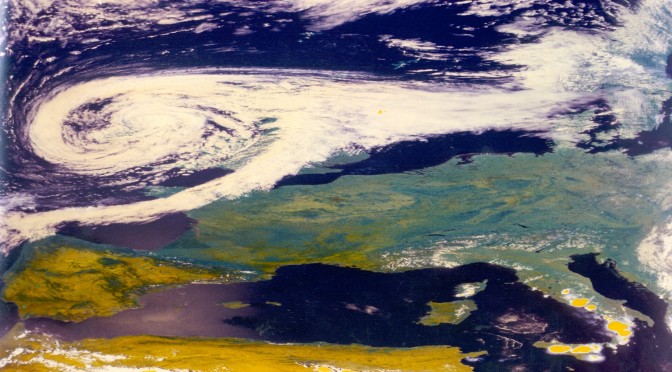Application of radiation in remote sensing
This unit bases on the concepts of atmospheric radiation which build the foundation for Remote Sensing.
Learning goal
The goal of this unit is the application of atmospheric radiation theory for observing and interpreting the atmosphere in active and passive remote sensing data. After this unit, you will be able to
- name in which spectral ranges any given target has which characteristic interaction with radiation
- apply the concepts of the interaction of atmospheric and surface targets with electromagnetic radiation
- identify and differentiate targets in different spectral ranges
- distinguish targets of similar response in one or more spectral ranges from each other by use of other spectral ranges
- interpret spectral images for now-casting of the weather within the next three hours (real world application)
- derive quantitative results from satellite data (graduate students)
Students’ Tasks
- Go over your notes from units 11 to 12 as the material of this unit builds upon them
- Watch the video on the material.
- Read chapter 4.7 to 4.7.4 of Lectures in Meteorology
- Watch these loops of the atmosphere over Alaska in the visible, water vapor, and infrared and describe the atmospheric dynamics visualized by clouds and water vapor in the discussion channel of this unit on the discussion board and respond to at least one student’s post
- Watch this video of a worked problem
- All students: Participate in the discussion channel of this unit on the discussion board
- Solve the unit13 problems assigned at your class level, scan your solutions and send them to cmoelders@alaska.edu.
- Fill out this questionnaire before 2359 AST Thursday.
Supplemental Material
unit13 power point slides of the lecture video
© 2019 Nicole Mölders | All rights reserved

